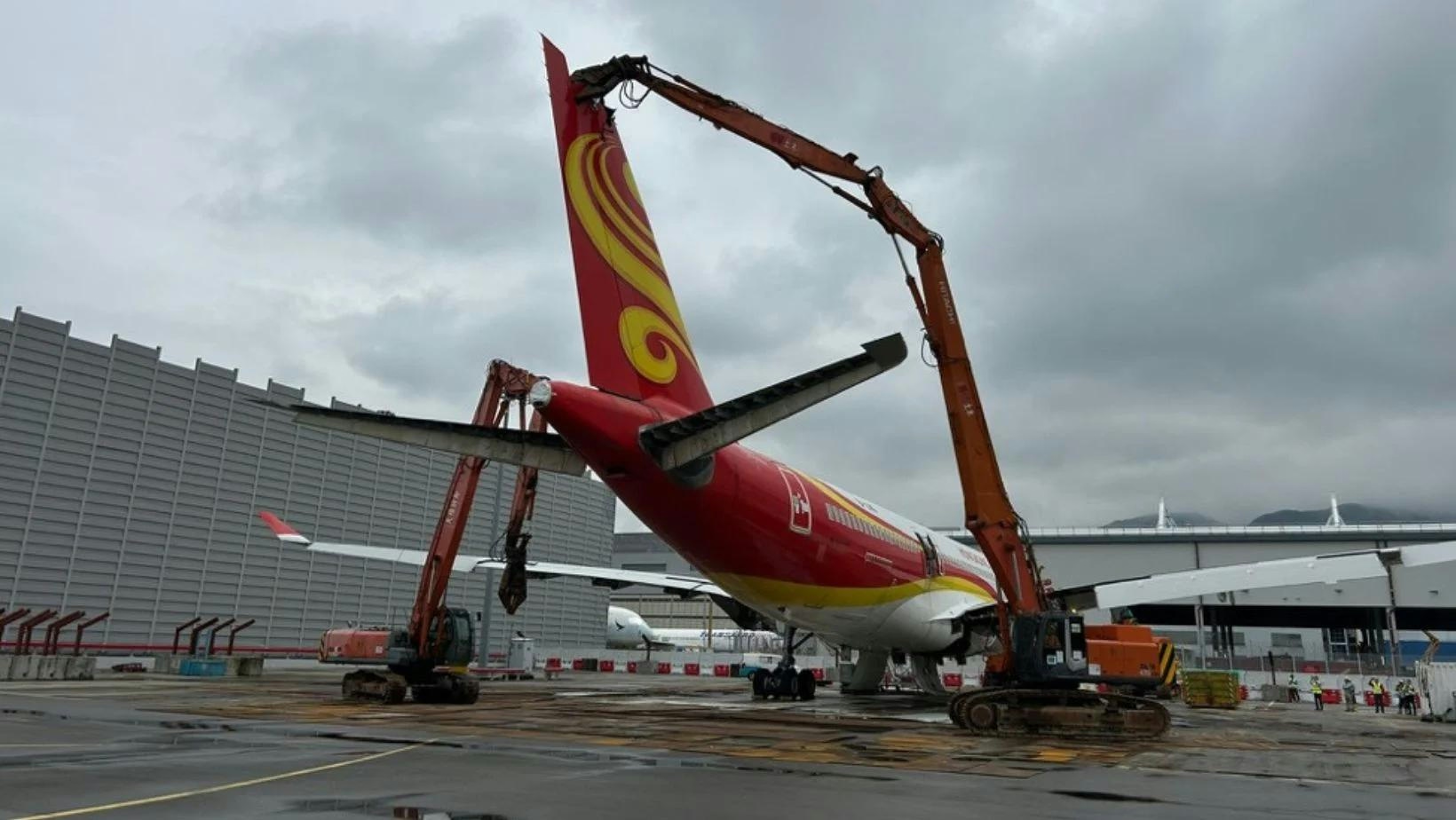
Smarter email, faster business.
Trending
Fire Incident at Denver Airport Involving American Airlines
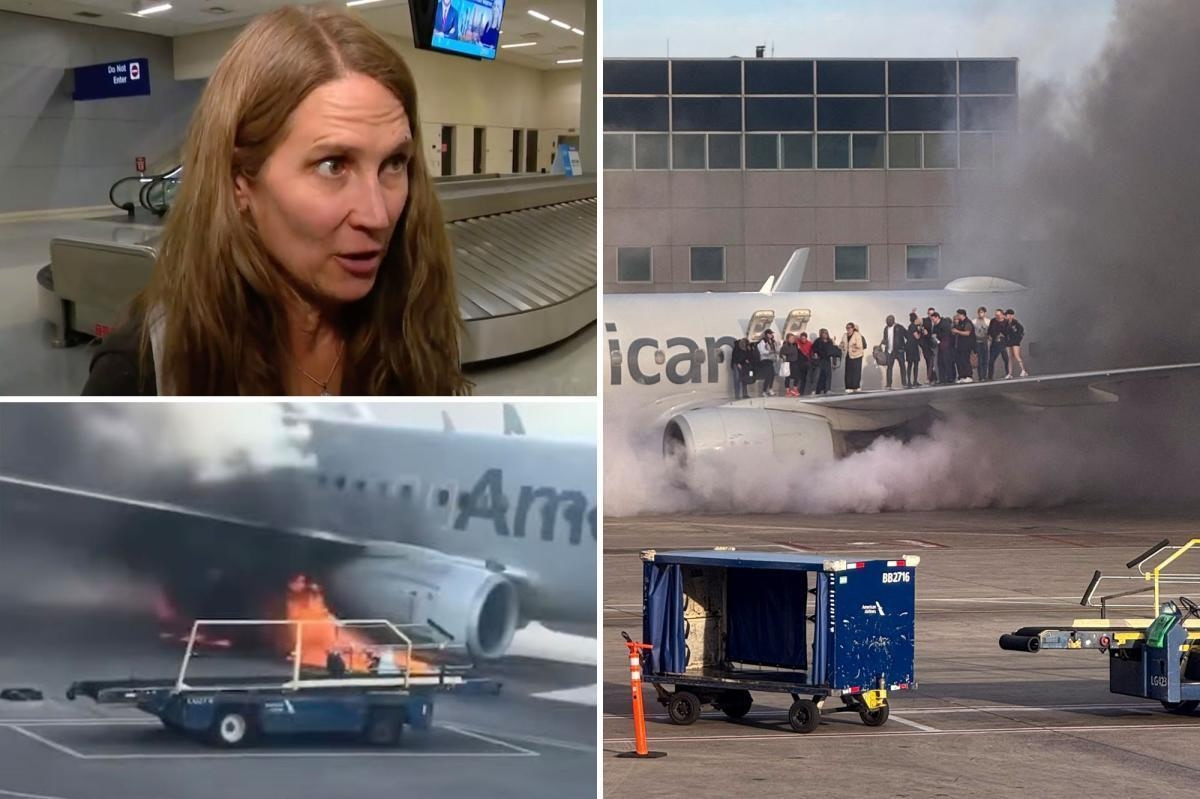
Fire Incident at Denver International Airport Involving American Airlines Flight
Incident Overview and Flight Diversion
On June 6, American Airlines flight 1006, a scheduled service from Colorado Springs to Dallas-Fort Worth, was compelled to divert to Denver International Airport following reports of engine vibrations. The Boeing 737-800, carrying 172 passengers and six crew members, departed Colorado Springs at 16:37 local time. Approximately twenty minutes into the flight, while cruising at 16,000 feet, the flight crew detected significant vibrations in the aircraft’s right-hand engine (#2).
Prioritizing safety, the pilots elected to return to the Denver airport, bypassing the original departure point. Denver International Airport was chosen due to its possession of North America’s longest public-use runway, providing an optimal environment for a precautionary landing. Throughout the approach, the crew maintained continuous communication with air traffic control, clarifying that no emergency was declared but that the aircraft would operate at a reduced speed owing to the engine issue.
Fire Outbreak and Passenger Evacuation
The aircraft landed safely on runway 16R at Denver at 17:15 local time and taxied to Gate C38. However, as preparations for passenger disembarkation were underway, the right-hand engine ignited. Video footage captured from the terminal clearly shows flames and smoke emanating from the engine as passengers began evacuating the aircraft. The evacuation was complicated by the left front exit slide being obstructed by the jet bridge, which led many passengers to exit over the left wing using the aft slide that had been deployed.
The crew’s prompt and efficient response, adhering strictly to emergency protocols, facilitated a rapid evacuation. Twelve passengers sustained minor injuries during the process and were subsequently transported to local hospitals for treatment. This incident highlights the critical importance of rigorous crew training and emergency preparedness in safeguarding passenger welfare during unexpected events.
Aircraft Details and Ongoing Investigation
The aircraft involved in the incident is a thirteen-year-old Boeing 737-800, registered as N885NN, equipped with two CFM56-7B engines. Preliminary, though unconfirmed, reports suggest that an oil or fuel leak may have ignited once the plane reached the gate. This scenario bears resemblance to a 2007 incident involving a China Airlines 737-800, where a fuel leak ignited after engine shutdown due to contact with high-temperature engine components. Investigations into that earlier case revealed engine surface temperatures ranging from 90°C to 340°C (194°F to 644°F), sufficient to ignite leaking fuel.
Authorities have initiated a formal investigation to ascertain the precise cause of the fire. Meanwhile, a lawsuit related to the incident has already been filed, although details remain sparse. There has been no public information regarding market reactions or responses from competitors at this stage.
Public and Media Response
Footage from passengers and terminal observers has circulated widely, providing a detailed account of the evacuation and emergency response. Media outlets, including Simple Flying, have commended the professionalism of the flight crew and the swift measures taken to ensure passenger safety.
As investigations proceed, American Airlines and relevant aviation authorities are reviewing operational procedures to mitigate the risk of similar incidents in the future. This event underscores the vital role of stringent safety protocols and the preparedness of airline personnel in effectively managing in-flight emergencies.

Yingling Aviation Named Authorized Honeywell Dealer

Does Joby Aviation's Milestone in Dubai Point Toward Further Growth?
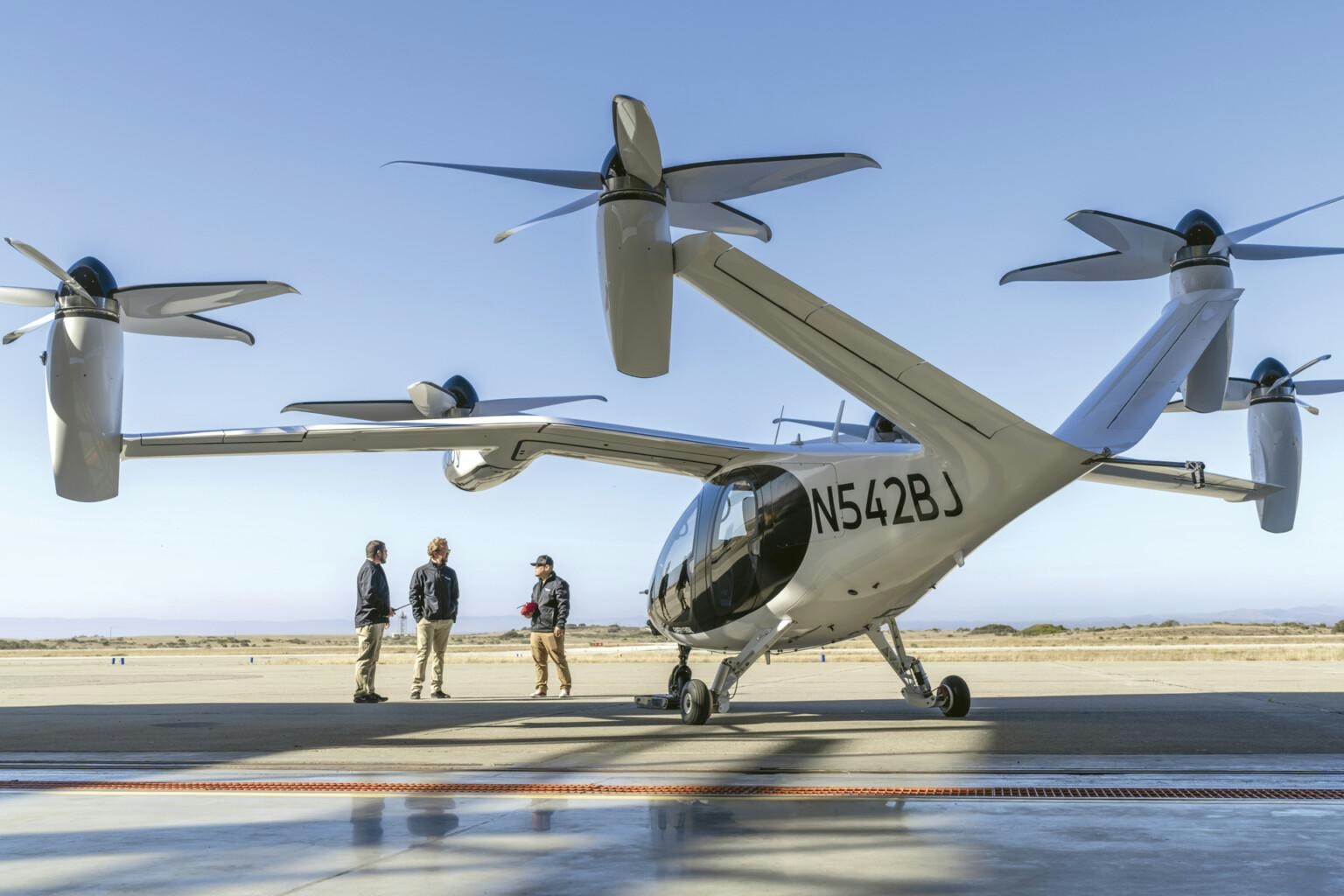
New Invention Promises to Eliminate Airplane Emissions in Country
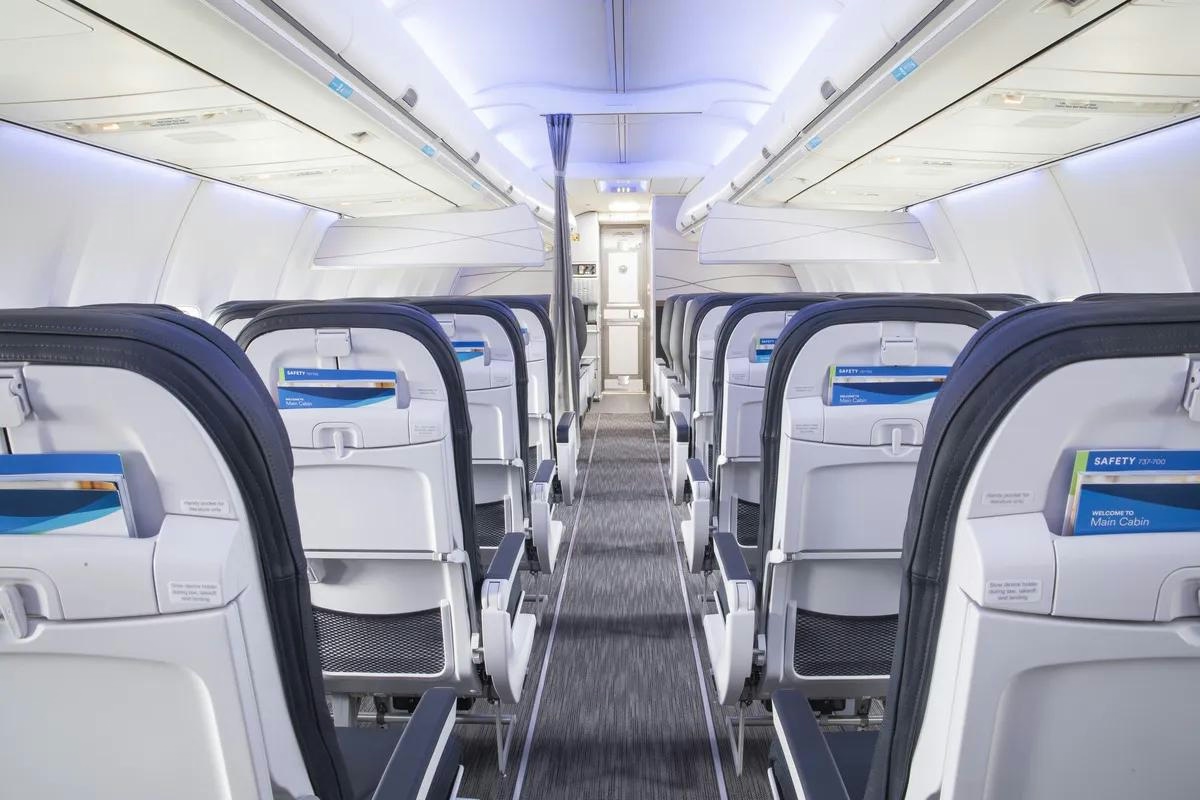
Key Questions on Chinese Travel, AI, and Airlines Answered by Skift
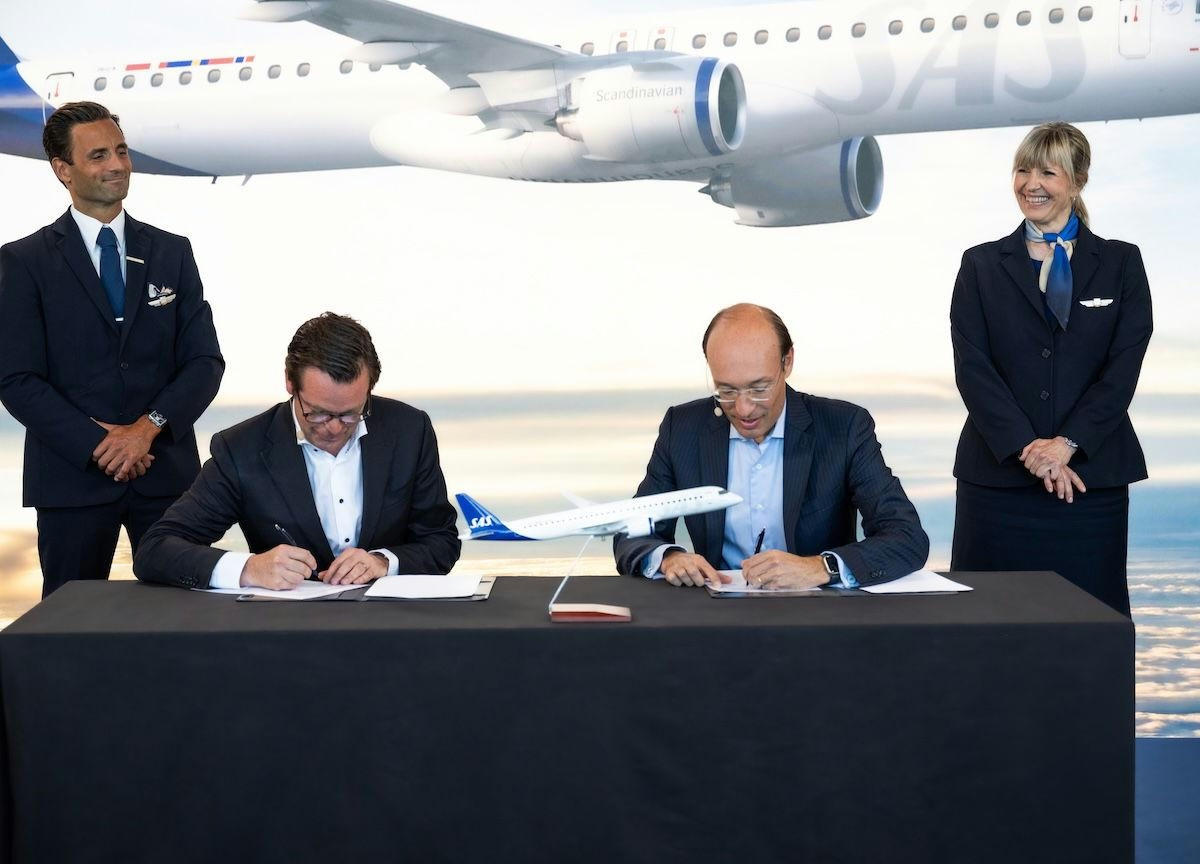
SAS Orders Up to 55 Embraer E195-E2 Jets

China edges closer to Airbus mega-deal, leaving Boeing out in the cold: analysts
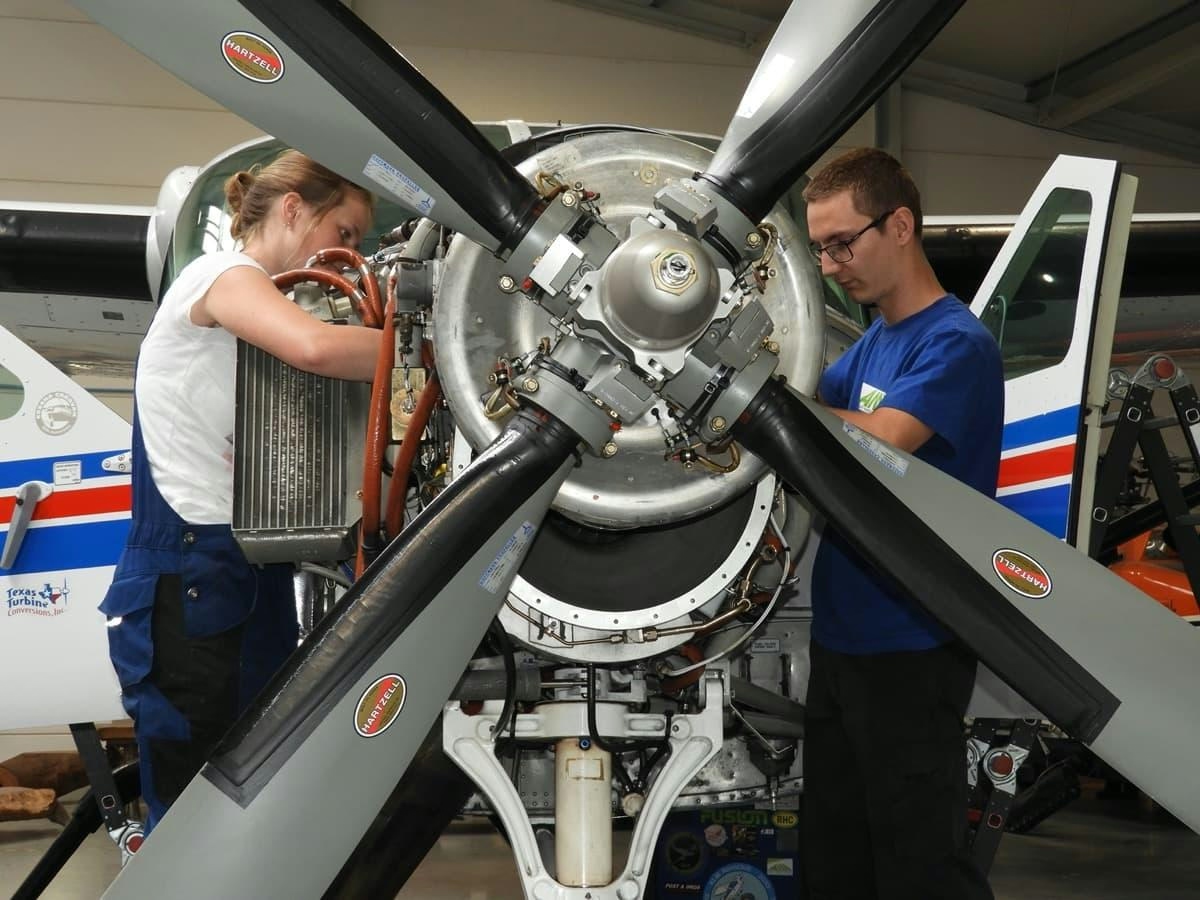
Rano Air Collaborates with Aviation Authorities to Investigate In-Flight Engine Malfunction

Portugal Hosts Aviation Pioneers at World Aviation Festival in Lisbon

World Star Aviation Backs XMAL’s First Lease Deal with easyJet
